
[HOME ] [ABOUT] [PHOTOS] [VIDEO] [BLOG] [HOUSTON] [TEXAS] [U.S. NEWS] [WORLD NEWS] [SPORTS] [POP CULTURE] [CONTACT]
Photos: Highlights of the 2015 Houston Livestock Show and Rodeo
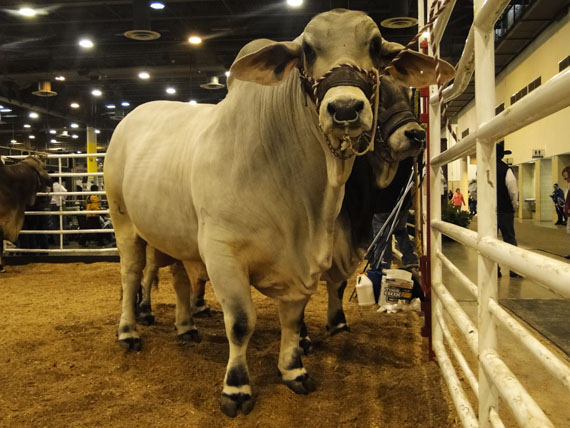
Brahman breed of cattle that was showcased at the 2015 Houston Livestock Show and Rodeo
—Photo by Joseph Earnest
by Joseph Earnest March 7, 2015
Newscast Media HOUSTON, Texas—The 2015 Houston Livestock Show and Rodeo kicked off on March 2, and will continue until March 22 at NRG Center.
Since its beginning in 1932, the Houston Livestock Show and Rodeo has committed nearly $375 million to scholarships, research, endowments, calf scramble participants, junior show exhibitors, School Art participants, and other educational youth programs.
The Houston Livestock Show and Rodeo™ was organized for charitable, educational and scientific purposes to encourage and promote the breeding, raising and marketing of better livestock and farm products at public fairs and to promote and maintain research and educational functions within the livestock industry.
Newscast Media was on hand to cover the show with highlights shown below:
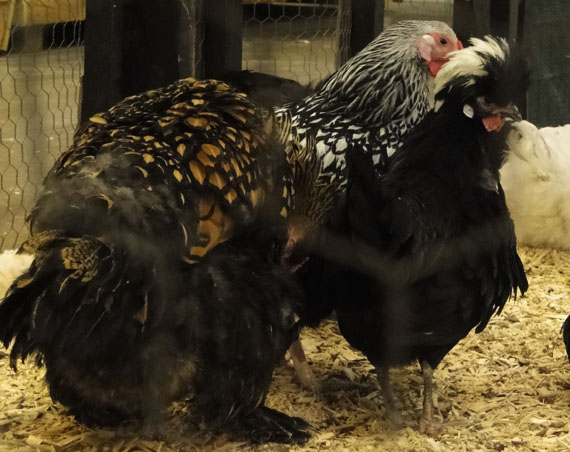
The chicken breeds for exhibition included Bantams, Golden Laced Wyandottes, Russian Orloffs and many more. Americans eat 8 billion chickens a year.—Photo by Joseph Earnest
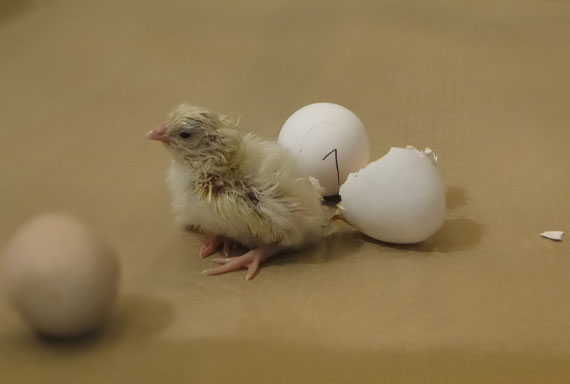
A live chick hatching at the 2015 Houston Livestock and Rodeo Show.—Photo by Joseph Earnest
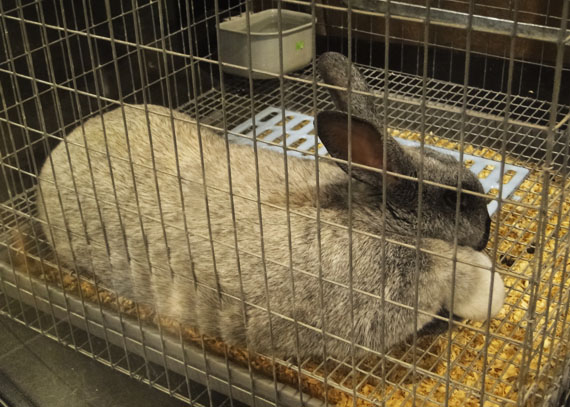
One of the most popular areas at the Livestock Show is the Rabbit show, or as the kids usually refer to them as "Wabbits." The above breed is the Champaign D’Argent which originated in the area of Champagne, France. Its exact origin is unknown but documents suggest the breed was present in France in the mid-1660s. Champagnes are born solid black, and the silver hairs appear as they mature. They silver up from the underside up finishing last over the back and face between six and eight months of age. Their color continues to lighten as the rabbit matures. The bucks weigh between 9 to 11 pounds while the does weigh between 9.5 to 12 pounds. —Photo by Joseph Earnest
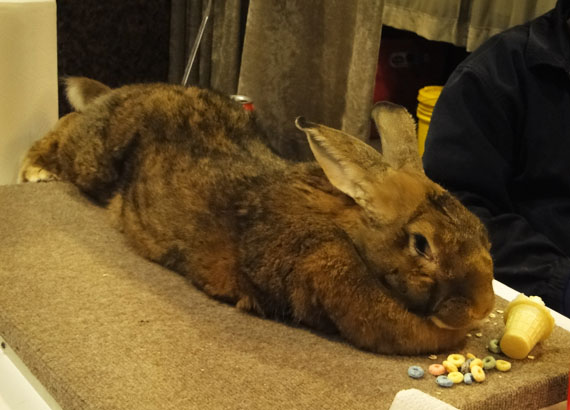 The Flemish Giant is a very old and popular breed due to its large
size originally bred in the 16th century around the city of Ghent,
Belgium. Their weight can be from 13 pounds to as large as 28 pounds.
They usualy live between 5 and 10 years. Today they are one of the most popular breeds.There are seven
standard colors: black, blue, fawn, light gray, sandy, steel gray and
white. They are very docile and laid back which makes them a very
friendly pet and companion. They are easily litter trained which will
allow them to have free run of the home if desired. They do not
require much attention to grooming due to their short hair.—Photo
by Joseph Earnest
The Flemish Giant is a very old and popular breed due to its large
size originally bred in the 16th century around the city of Ghent,
Belgium. Their weight can be from 13 pounds to as large as 28 pounds.
They usualy live between 5 and 10 years. Today they are one of the most popular breeds.There are seven
standard colors: black, blue, fawn, light gray, sandy, steel gray and
white. They are very docile and laid back which makes them a very
friendly pet and companion. They are easily litter trained which will
allow them to have free run of the home if desired. They do not
require much attention to grooming due to their short hair.—Photo
by Joseph Earnest
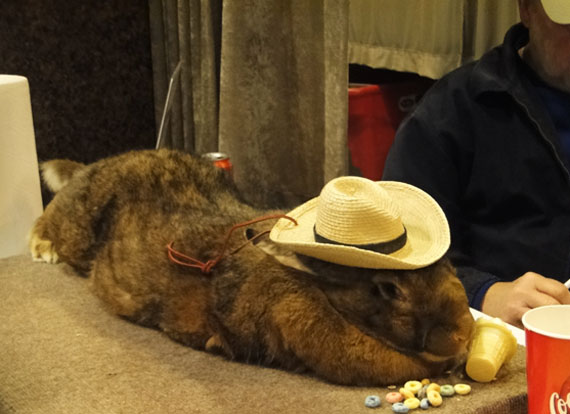 They should have hay on a regular basis, preferably timothy hay. It
is also recommended that they have 2-6 cups of chopped dark green
leafy vegetables per day depending on size. Cauliflower, broccoli and
cabbage should be avoided. All in all, these friendly animals make great pets as well as a great show animal.—Photo
by Joseph Earnest
They should have hay on a regular basis, preferably timothy hay. It
is also recommended that they have 2-6 cups of chopped dark green
leafy vegetables per day depending on size. Cauliflower, broccoli and
cabbage should be avoided. All in all, these friendly animals make great pets as well as a great show animal.—Photo
by Joseph Earnest
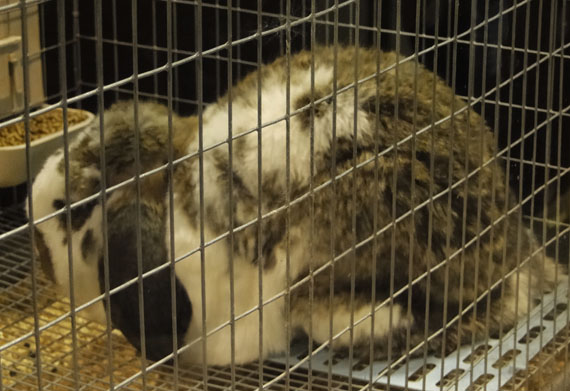
The French Lop was first bred in France around 1850 by a Frenchman named Condenier. There were several other breeders who bred lops during this period of time, however, the credit is given to Condenier as the originator of the breed. The French Lop is a cross between the English Lop and the Butterfly rabbit of France. The French Lop has a stocky body with sturdy, fairly short legs. The head is broad with a curved profile with thick ears that hang down with the tops beneath the jaw. The coat is dense and soft, and slightly long and comes in many varieties.—Photo by Joseph Earnest
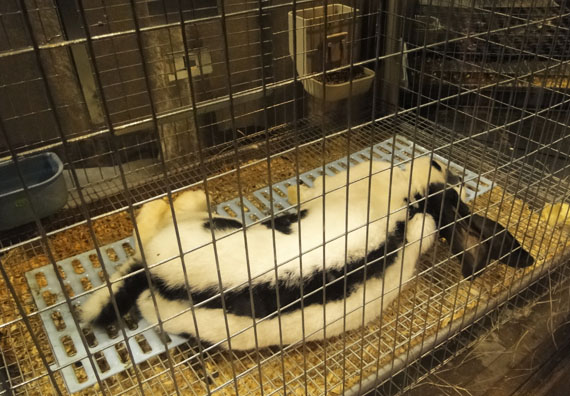
The exact details of how the Checkered Giant came into existence remain unclear. It was first introduced as a distinct breed in Germany, and was derived mainly from the Flemish Giant. It is quite possible that a white wild hare had its share in contributing to the spotted coat, which was then cultivated and selectively bred until the desired markings were firmly established in successive litters. Some claim the Checkered Lops appeared first, and were then followed by the Checkered Giant. While the jury is still out on which of the two breeds first appeared, the first Checkered Giants were imported to America in 1910. The Checkered Giant has a very distinct body type that is long and well-arched with medium broad hindquarters. All color markings are very distinct. —Photo by Joseph Earnest
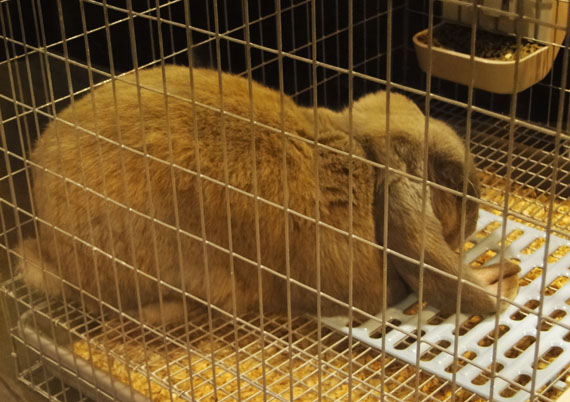
The lop-eared English Lop is another of the oldest breeds known, even though its origin cannot be determined. It is said to have appeared first in Algiers, North Africa. E.S. Delamer, in his popular book “Pigeons & Rabbits” mentions the lop in the year 1854. The first lop to have an ear length of 24 inches first appeared in England in 1885 and has increased to a record length of 28 ½ inches. In profile it should present the appearance of an upside-down mandolin.—Photo by Joseph Earnest
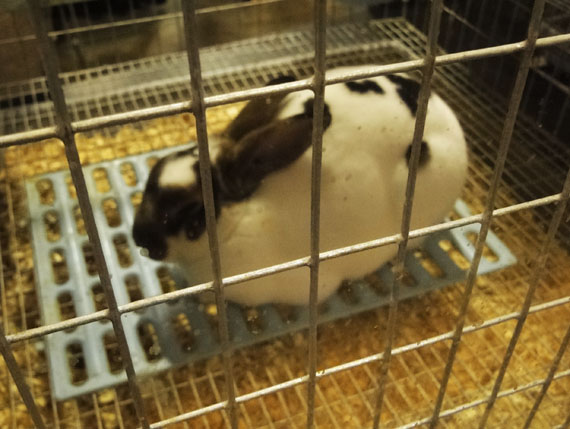
The Mini Rex was originated and sponsored by Mona Berryhill of Texas and was accepted at the 1988 American Breeders Rabbit Association (ABRA) Convention and was accepted into the ARBA Standard of Perfection. The main characteristic of the Rex fur is the short coat and no conspicuous guard hairs.
—Photo by Joseph Earnest
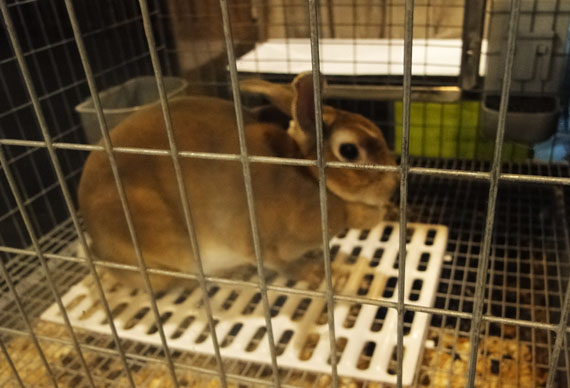
The
Britannia Petite is an old English breed known in England as a
“Polish”. It is generally thought to
have been developed from small common rabbits. The breed is currently known as
the smallest of the standard breeds and
weighs between 2 to 2 ½ pounds. —Photo
by Joseph Earnest
The Suffolk breed
of sheep was developed by cross-breeding Southdown rams and Norfolk Horned
ewes. The breed was recognized as early as 1810 and is raised primarily for
mutton and wool production. It has a smooth black face and legs and moderately
short, fine wool.—Photo
by Joseph Earnest A
lamb that is only minutes old was delivered at the Livestock Show. As it
grows the coat will turn white but the face and legs will remain black.—Photo
by Joseph Earnest The Spanish Goat
originated in Spain and was introduced to the US via Mexico. The term “Spanish Goat” is used
interchangeably for both purebreds and crossbreds, found mainly in the
Southwest United States. They are sometimes referred to as “brush” or
“scrub” goats, because they were originally used to clear up brush and
undesirable plant species from the pastures. Today they are used for meat and
cashmere production, and have the ability to breed out of season and thrive
under adverse environmental conditions.—Photo
by Joseph Earnest
The
Boer was developed in South Africa in the early 1900s for meat
production. The name derives from the Dutch word “boer” which means farmer, and
it is one of the most popular breeds of goat for meat production in the world
today.—Photo
by Joseph Earnest
The
Boer has a high resistance to disease and adapts well to hot climates. US
center of production of this breed is based in west-central Texas. The Boer has
a white body and distinctive brown head with long ears. —Photo
by Joseph Earnest
The Duroc was
developed in the Northeast U.S. from two existing breeds: the New Jersey Red,
and the Red Duroc from New Jersey.
Duroc was the name of a thoroughbred stallion owned by an original
breeder of the Red Duroc swine. The Duroc is noted for its ability to grow fast
on less feed, and may be light golden to dark red in color with drooping ears.
It is considered the most popular pig breeds and can be seen in hog meat
production and in the show ring. —Photo
by Joseph Earnest The
Hampshire is most likely derived from the old English breed found in
Scotland and Northumberland, which were imported to the U.S. around 1825. Imports to America of this breed originated
from county of Hampshire in England, thus the origin of the breed name.—Photo
by Joseph Earnest
The
Hampshire is one of America’s oldest breeds of swine and are a well-muscled
rapid-growing breed. It is distinctively marked by a white belt circling the
body at the front legs, and has pointed ears.
—Photo
by Joseph Earnest
The
Landrace was developed from the Danish Landrace which were imported to
the US in 1934. It is currently the fifth most recorded breed of swine in the
US. —Photo
by Joseph Earnest
Landrace
sows produce large quantities of milk and are docile and easily managed.
—Photo
by Joseph Earnest The
Angus originated in the mountains of Northeastern Scotland in the county
of Angus. This breed was not well-received when it was first brought to the
U.S. in 1873 because of its unusual
black color and also because it was polled (had no horns).—Photo
by Joseph Earnest
This
cow may be solid black or red in color with no horns. It is a docile and
relatively hardy breed that calves easily, and has excellent maternal
instincts.—Photo
by Joseph Earnest
The
Angus has since become among the most popular commercial beef breeds in America
because of its superior taste and texture.—Photo
by Joseph Earnest
The
2015 Houston Livestock Show and Rodeo. —Photo
by Joseph Earnest Texas Longhorn cattle are direct descendants of the first
cattle in the New World. They were
brought over from Spain by Christopher Columbus in 1493, and subsequently made
their way north by Spanish settlers into modern day Texas. Over several generations, the descendants of
these cattle roamed the plains of
Texas, evolving the high drought-stress tolerance and other hardy
characteristics that Texas Longhorns are known for. The horns of this breed can
grow to 7 feet wide or more. —Photo
by Joseph Earnest J.
Frank Dobie says about the Texas Longhorns: “However supplanted, however
disparaged by evolving standards and generations, the Longhorn will remain the
bedrock of which the history of the cow country of America is founded. In
picturesqueness and romantic realism, his name is destined for remembrance as
long as the memory of man travels back to those pristine times when waters ran
clear, when free grass waved a carpet over the ace of the earth, and America’s
Man on horseback—not a helmeted soldier, but a booted cowboy—rode over the rim
with all the abandon energy, insolence, pride, carelessness and confidence,
epitomizing the blooming West.”—Photo
by Joseph Earnest
The
Brahman was first bred in the US from cattle breeds imported from India.
Characterized by a large hump on the shoulders, loose skin and large drooping
ears, the Brahmin is noted for its tolerance to extreme heat and resistance to
insects because of their thick skin. —Photo
by Joseph Earnest
They
live longer than any other breed often producing calves at age 15 years and
older.
—Photo
by Joseph Earnest The
2015 Houston Rodeo and Livestock Show.—Photo
by Joseph Earnest The
2015 Houston Rodeo and Livestock Show.—Photo
by Joseph Earnest The
2015 Houston Rodeo and Livestock Show.—Photo
by Joseph Earnest A
miniature model of the NRG Exhibition Center—Photo
by Joseph Earnest While
members of the media get free parking, the general public has to pay for
parking and also deal with the downtown traffic especially on weekends.
The most convenient and least expensive way to travel is by light
rail on the Metro to avoid traffic jams and parking fees. It costs only
50 cents to travel from downtown Houston to the Livestock Show at the NRG
Center, to avoid the parking cost which may run anywhere in the $5.00 neighborhood.—Photo
by Joseph Earnest Aerial
view of downtown Houston streets. Houston ranks very high on the list as
one of the cleanest and greenest cities in the world. —Photo
by Joseph Earnest Add
Comments>> 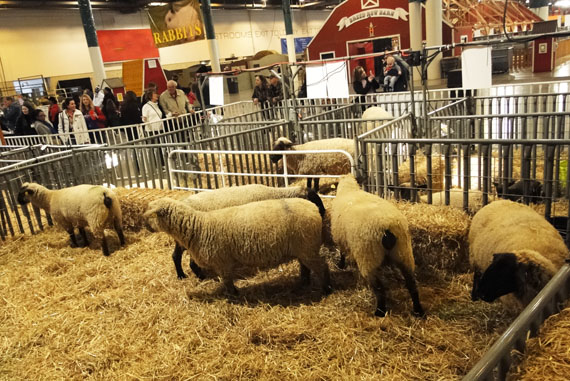
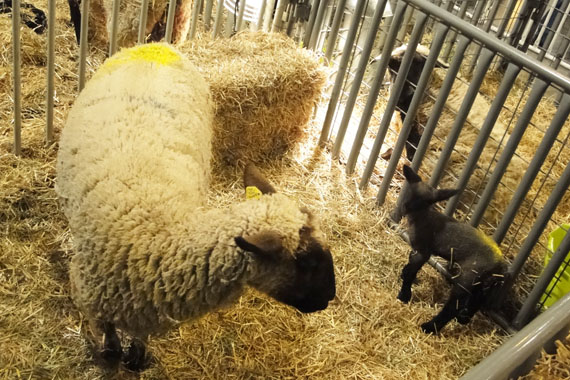
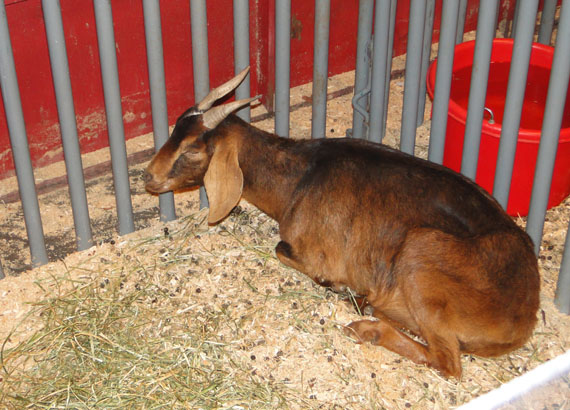
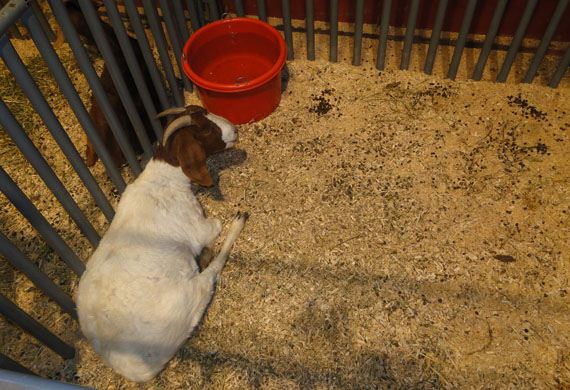
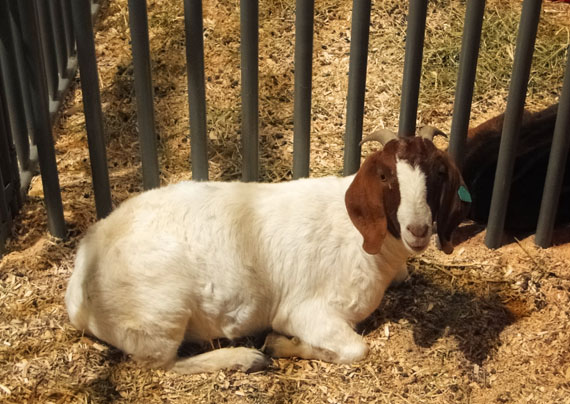
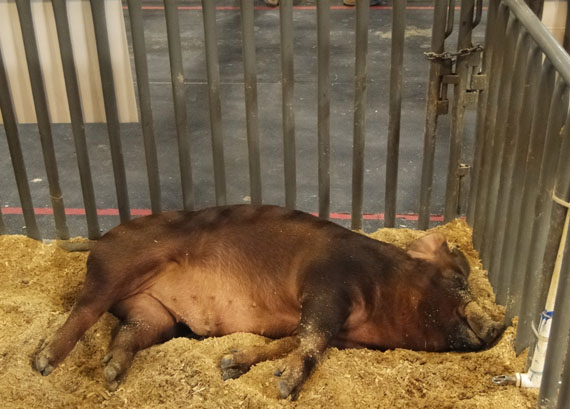
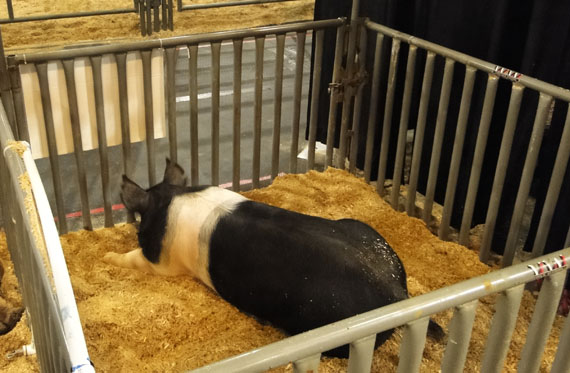
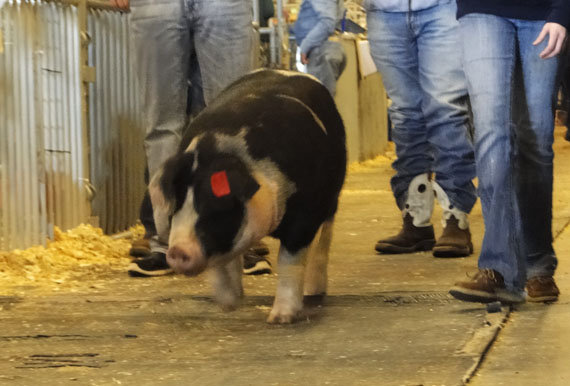
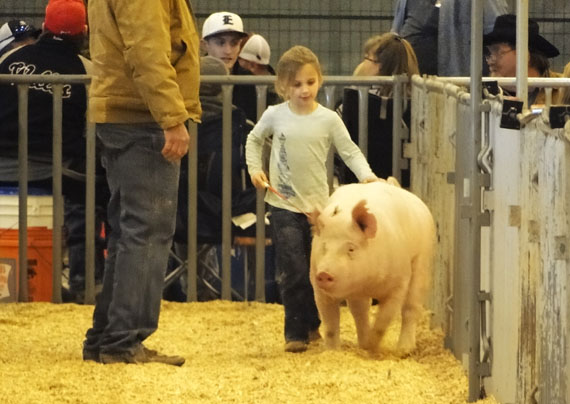
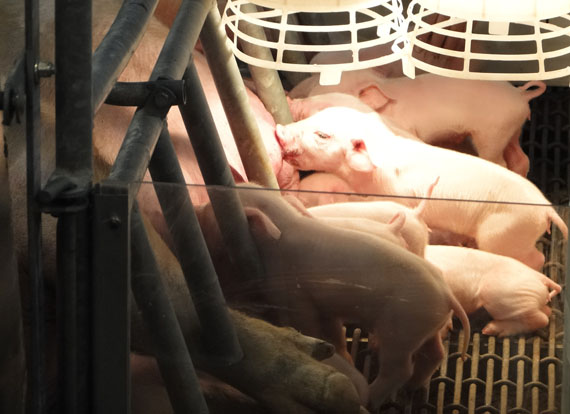
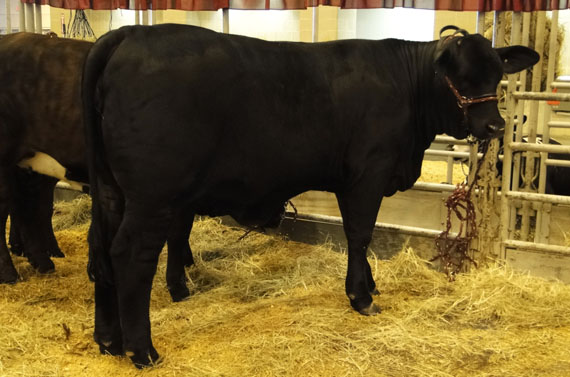
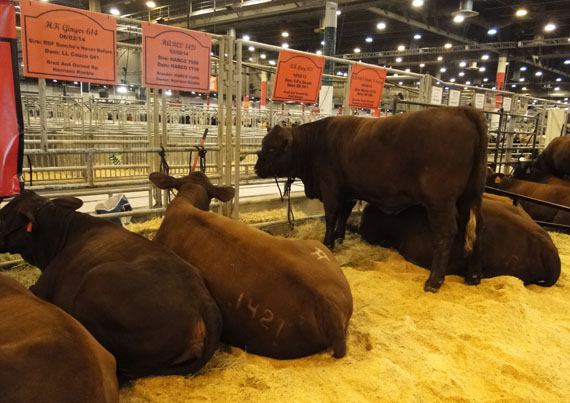
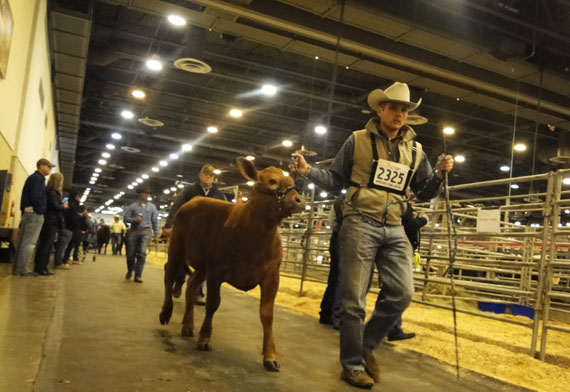
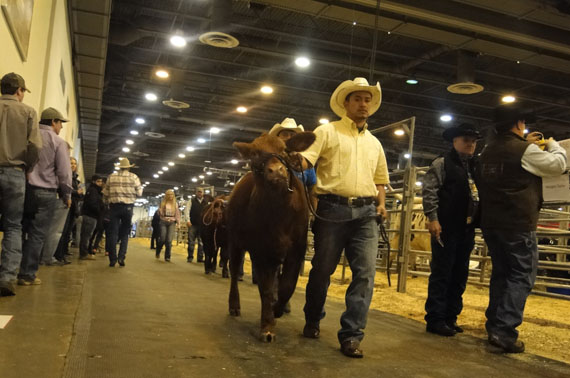
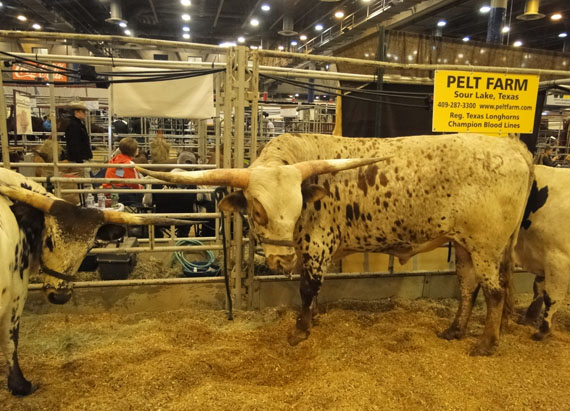
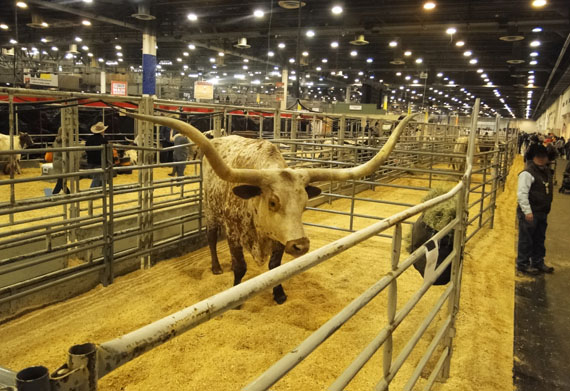
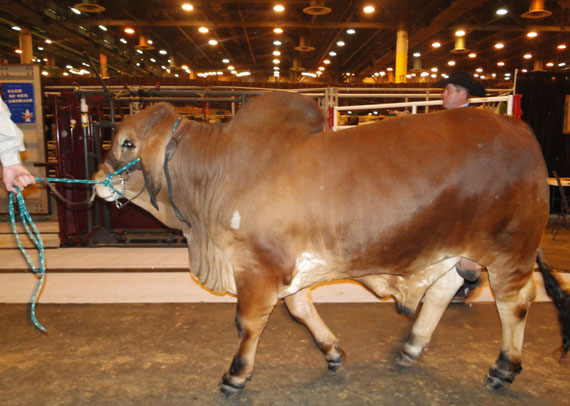
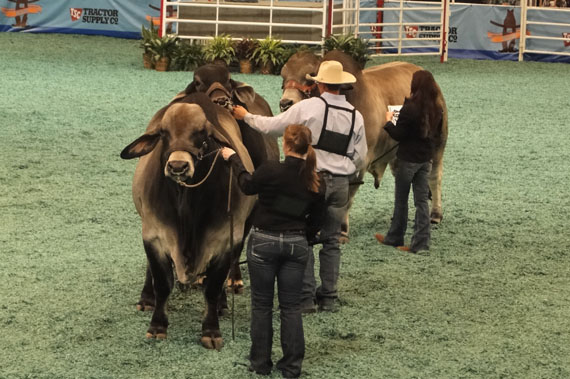
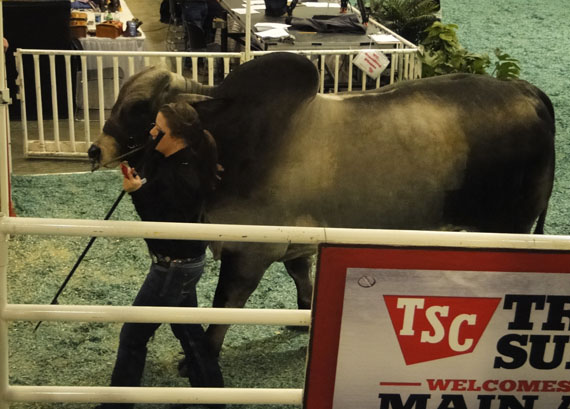
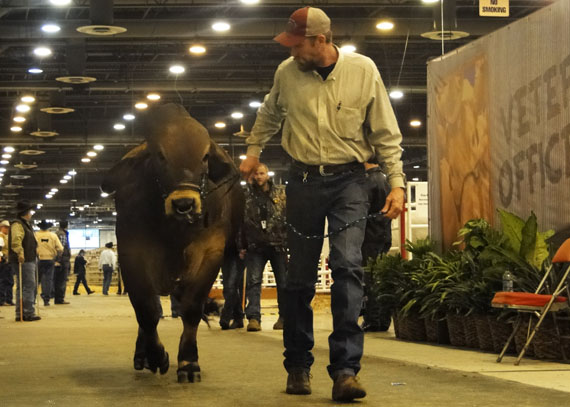
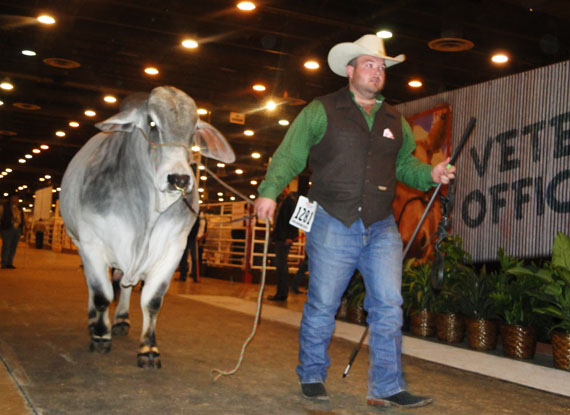


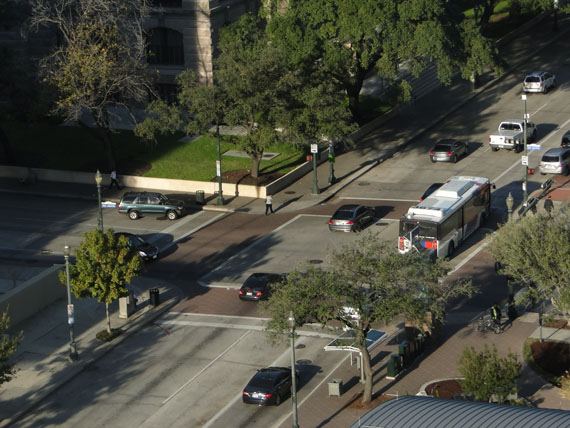
|
|
Join the Newscast Media social networks
for current events and multimedia content.
Copyright© Newscast Media. All Rights Reserved. Terms and Privacy Policy
